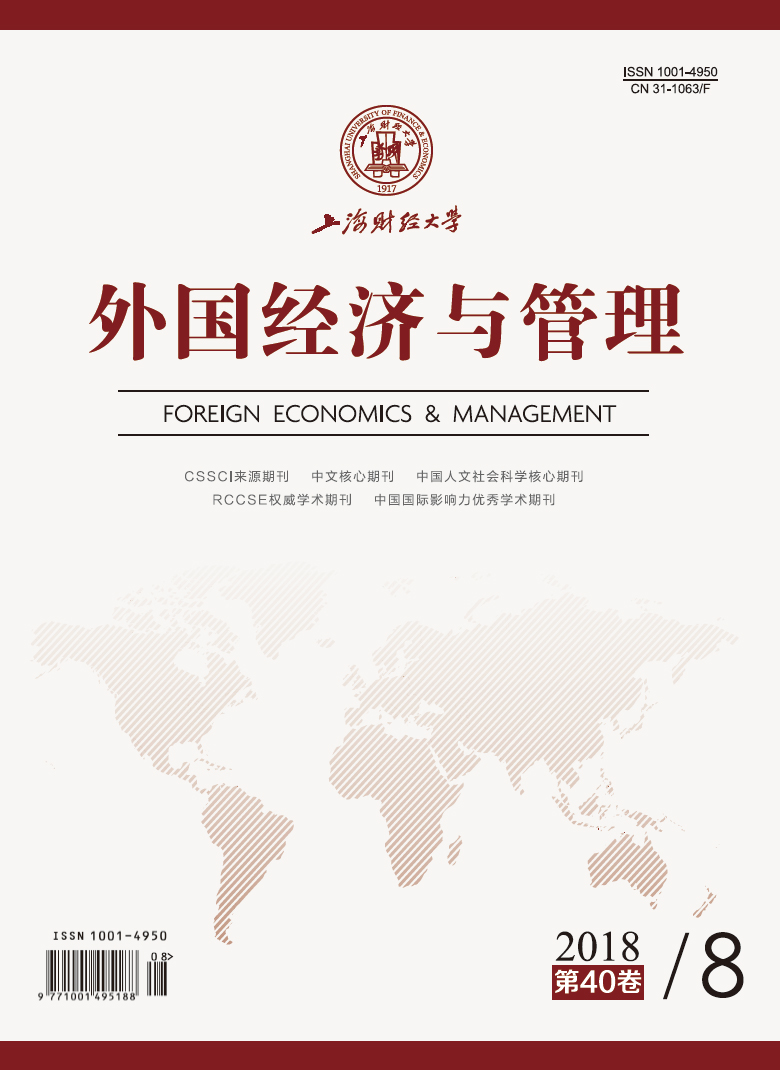面对不确定性环境的变化,企业越来越多地依赖于日常交往中的组织创造性活动来应对危机和把握机遇。当前西方主流文献主要集中于组织创造力的影响机制研究,很少去揭示组织创造力产生的日常行为机理;然而,不顾及他人感受的组织创造性行为,势必会破坏日常交往的正常运作,对组织创造力消极影响。人与人之间在日常交往中彼此顾及对方感受而表现出来的“恭敬、撙节和退让”的礼让行为,可能利于组织创造力产生。为此,本文以遵循人情关系的日常交往为视角,选取某科技型企业的日常组织活动为研究对象,通过质性研究方法,探究礼让行为塑造组织创造力的内在机制。研究发现,遵从关系规则的礼让行为,不仅通过拓展组织知识边界和改变组织行为,促进新想法产生,而且在维持关系的人情交往中,有利于新想法的产生及其价值共创,从而塑造组织创造力。因而,本研究拓展了组织创造力理论研究,也对企业提高组织创造性潜力具有一定的指导意义。
礼让行为能塑造组织创造力吗?——基于企业日常交往的探索性研究
摘要
参考文献
3 格雷著, 徐梦云译. 文化研究: 民族志方法与生活文化[M]. 重庆: 重庆大学出版社, 2009.
6 Battilana J, Casciaro T. Overcoming resistance to organizational change: Strong ties and affective cooptation[J]. Management Science, 2013, 59(4): 819–836. DOI:10.1287/mnsc.1120.1583
7 Bolino M C, Grant A M. The bright side of being prosocial at work, and the dark side, too: A review and agenda for research on other-oriented motives, behavior, and impact in organizations[J]. Academy of Management Annals, 2016, 10(1): 599–670. DOI:10.5465/19416520.2016.1153260
8 Carmeli A, Dutton J E, Hardin A E. Respect as an engine for new ideas: Linking respectful engagement, relational information processing and creativity among employees and teams[J]. Human Relations, 2015, 68(6): 1021–1047. DOI:10.1177/0018726714550256
9 Chen T T, Leung K, Li F L, et al. Interpersonal harmony and creativity in China[J]. Journal of Organizational Behavior, 2015, 36(5): 648–672. DOI:10.1002/job.v36.5
10 Colbert A E, Bono J E, Purvanova R K. Flourishing via workplace relationships: Moving beyond instrumental support[J]. Academy of Management Journal, 2016, 59(4): 1199–1223. DOI:10.5465/amj.2014.0506
11 Craig R T. Constructing theories in communication research[A]. Cobley P, Schulz P J. Theories and models of communication. Boston: De Gruyter Mouton, 2013: 39–57.
12 De Mente B L. Etiquette guide to China: Know the rules that make the difference![M]. Clarendon: Tuttle Publishing, 2016.
13 Farh J L, Lee C, Farh C I C. Task conflict and team creativity: A question of how much and when[J]. Journal of Applied Psychology, 2010, 95(6): 1173–1180. DOI:10.1037/a0020015
14 Frostenson M. Humility in business: A contextual approach[J]. Journal of Business Ethics, 2016, 138(1): 91–102. DOI:10.1007/s10551-015-2601-9
15 George J M, Zhou J. Dual tuning in a supportive context: Joint contributions of positive mood, negative mood, and supervisory behaviors to employee creativity[J]. Academy of Management Journal, 2007, 50(3): 605–622. DOI:10.5465/amj.2007.25525934
16 Glaser B, Strauss A. The Discovery of grounded theory: Strategies for qualitative research[M]. London: Routledge, 2017.
17 Harrison S H, Rouse E D. Let’s dance! Elastic coordination in creative group work: A qualitative study of modern dancers[J]. Academy of Management Journal, 2014, 57(5): 1256–1283. DOI:10.5465/amj.2012.0343
18 Haugh M. Im/politeness, social practice and the participation order[J]. Journal of Pragmatics, 2013, 58: 52–72. DOI:10.1016/j.pragma.2013.07.003
19 Heaphy E. Embodied relational competence: Attending the body in the boundary-spanning work of patient advocates[A]. Elsbach K, Bechky B. Qualitative organizational research: Best papers from the Davis conference on qualitative research[M]. 3rd ed. Greenwich: Information Age Publishing, 2016: 161–197.
20 Keeves G D, Westphal J D, McDonald M L. Those closest wield the sharpest knife: How ingratiation leads to resentment and social undermining of the CEO[J]. Administrative Science Quarterly, 2017, 62(3): 484–523. DOI:10.1177/0001839216686053
21 Leiter M P, Laschinger H K S, Day A, et al. The impact of civility interventions on employee social behavior, distress, and attitudes[J]. Journal of Applied Psychology, 2011, 96(6): 1258–1274. DOI:10.1037/a0024442
22 Locher M A. Interpersonal pragmatics and its link to (im)politeness research[J]. Journal of Pragmatics, 2015, 86: 5–10. DOI:10.1016/j.pragma.2015.05.010
23 Loewenstein J, Mueller J. Implicit theories of creative ideas: How culture guides creativity assessments[J]. Academy of Management Discoveries, 2016, 2(4): 320–348. DOI:10.5465/amd.2014.0147
24 McEvily B, Soda G, Tortoriello M. More formally: Rediscovering the missing link between formal organization and informal social structure[J]. Academy of Management Annals, 2014, 8(1): 299–345. DOI:10.5465/19416520.2014.885252
25 Miron-Spektor E, Paletz S B F, Lin C C. To create without losing face: The effects of face cultural logic and social-image affirmation on creativity[J]. Journal of Organizational Behavior, 2015, 36(7): 919–943. DOI:10.1002/job.v36.7
26 Ng T W H. Embedding employees early on: The importance of workplace respect[J]. Personnel Psychology, 2016, 69(3): 599–633. DOI:10.1111/peps.2016.69.issue-3
27 Ranjan K R, Read S. Value co-creation: Concept and measurement[J]. Journal of the Academy of Marketing Science, 2016, 44(3): 290–315. DOI:10.1007/s11747-014-0397-2
28 Somech A, Drach-Zahavy A. Translating team creativity to innovation implementation: The role of team composition and climate for innovation[J]. Journal of Management, 2013, 39(3): 684–708. DOI:10.1177/0149206310394187
30 Terkourafi M. Conventionalization: A new agenda for im/politeness research[J]. Journal of Pragmatics, 2015, 86: 11–18. DOI:10.1016/j.pragma.2015.06.004
引用本文
潘安成, 王智谦. 礼让行为能塑造组织创造力吗?——基于企业日常交往的探索性研究[J]. 外国经济与管理, 2018, 40(8): 98-111.
导出参考文献,格式为:
下一篇:子公司主导行为研究进展述评






 5582
5582  7274
7274

